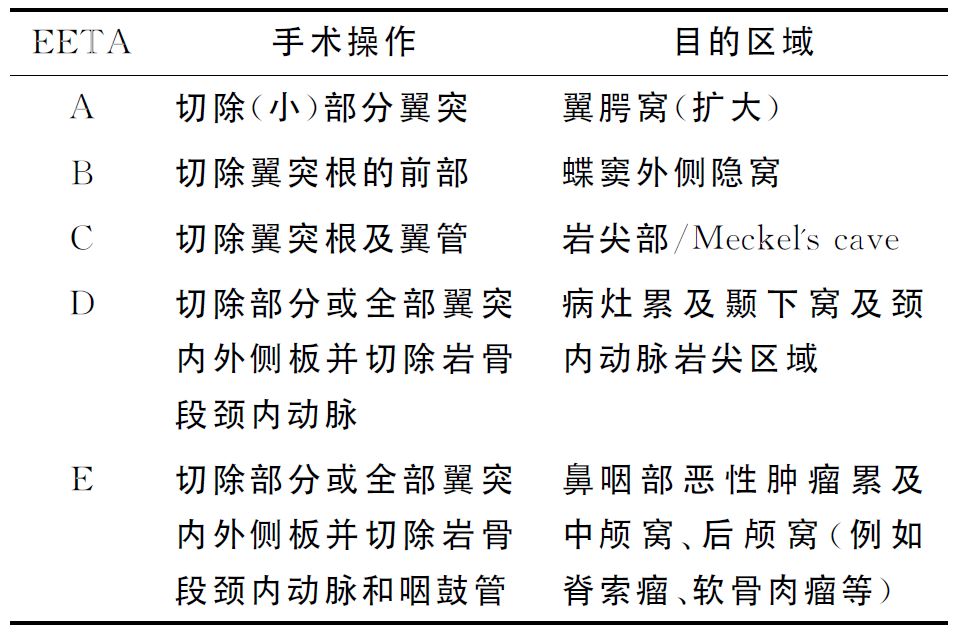001 Beautiful sentences. Fluoroscopic Angiography Assessment, Protocols, and Interpretation
Fluoroscopic Angiography Assessment, Protocols, and Interpretation
Excerpt 摘录
Fluoroscopy-guided catheter angiography is an interventional procedure that uses percutaneous access of arteries with needles and catheters to inject contrast for vessel opacification. This procedure may be diagnostic or therapeutic. While some providers use angiography as a general term to include visualization of arteries, veins, or lymphatics, this article uses the term angiography to refer solely to the visualization of arteries, also known as arteriography. The terms venography and lymphangiography refer to veins and lymphatic vessels, respectively. Nevertheless, the principles behind angiography are widely applicable to other vessel types.
Sven Ivar Seldinger’s discovery of a technique in 1953 which described the substitution of a needle or trocar by a percutaneous catheter, since called the Seldinger technique, allowed for the possibility of catheter angiography and the birth of Interventional Radiology as a specialty. The following decades gave rise to several non-invasive angiographic advancements, including computed tomographic and magnetic resonance angiography.
Catheter angiography remains the gold-standard for a wide variety of pathologies. Today, catheter angiography is used to interrogate arteries in nearly every part of the human body, including the brain, neck, heart, chest, abdomen, pelvis, and extremities. Applications of catheter angiography are immense and include identification of arteriovenous malformations, aneurysms, atherosclerosis, embolisms, dissections, congenital abnormalities, stenosis, hemorrhage, and other arterial pathologies. Angiography may help guide implantation of stents, grafts, or provide assessment before surgery, chemoembolization, or internal radiation therapy. Fluoroscopy is undoubtedly the most important tool for an interventionalist. Herein, the general principles of fluoroscopy-guided catheter angiography are described, with a focus on the appropriate use of fluoroscopy-guidance for the diagnosis of arterial pathology.
[FROM]
Brian Covello 1, Brett McKeon
In: StatPearls [Internet]. Treasure Island (FL): StatPearls Publishing; 2024 Jan.
2023 Feb 13.
Affiliations Expand
PMID: 33760526 Bookshelf ID: NBK568767
[/FROM]
angiography 血管造影
arteriography 动脉造影
venography 静脉造影
lymphangiography 淋巴管造影

